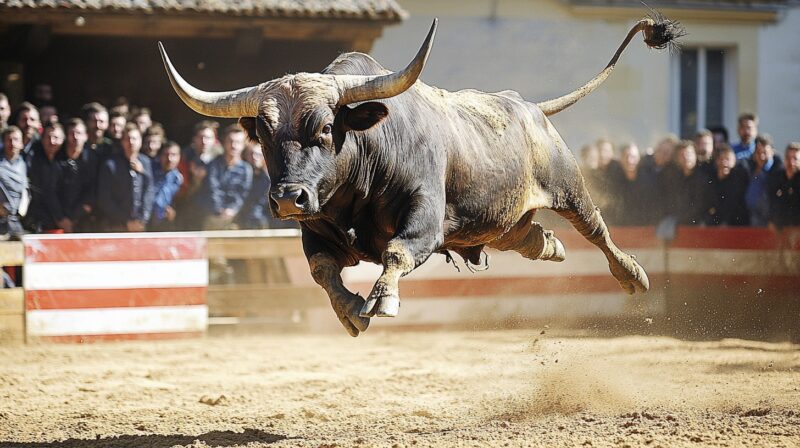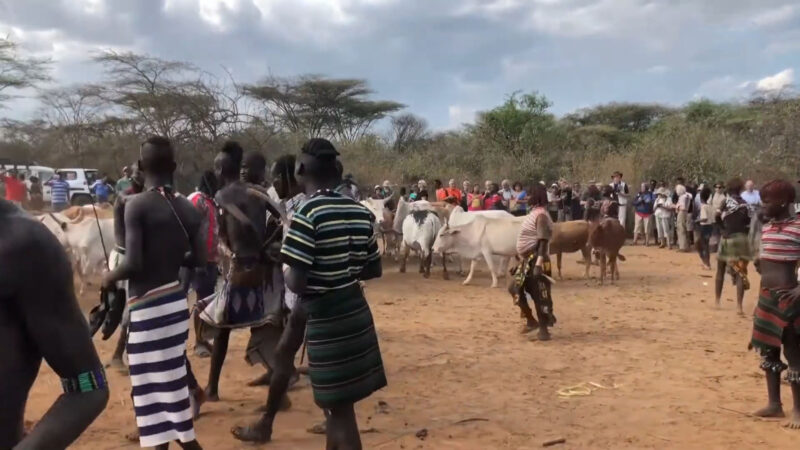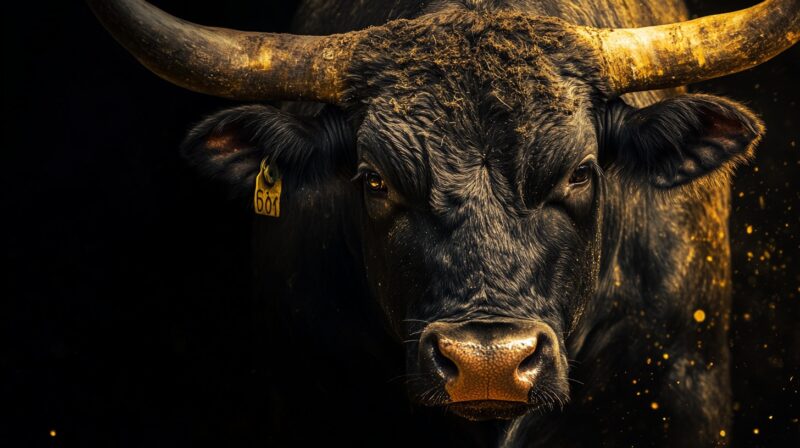The Bull Jumping Ceremony in Ethiopia’s Omo Valley is a captivating tradition that holds deep cultural significance for the Hamar tribe.
The ceremony offers a unique glimpse into the values, customs, and community bonds of the Hamar people.
As you explore the cultural insights behind this tradition, you’ll uncover the layers of meaning embedded in each step of the ceremony.
The practices surrounding the event reveal much about the social structures, the role of family and community, and how the Hamar tribe honors its heritage and traditions.
Let us talk about it.
1) Origin and History of Bull Jumping
Bull jumping is an ancient tradition practiced by the Hamar tribe in the Omo Valley of Ethiopia. This ceremony marks the transition of young boys into manhood.
The roots of bull jumping go back many generations. It reflects the Hamar people’s deep connection to their cattle, which are essential to their way of life.
Young boys must run across the backs of several bulls without falling. This ritual happens in the fall, usually in October or November.
This event serves multiple purposes. It establishes social status, proves bravery, and prepares the boys for adult responsibilities like marriage and owning cattle.
The eldest child in the family must participate first. Bull jumping is not merely a test of physical skill. It represents a rite of passage and is integral to the Hamar cultural identity.
2) Significance in Hamar Culture
The bull jumping ceremony is a major rite of passage for the Hamar tribe in Ethiopia. This event marks a young man’s transition into adulthood.
For a Hamar boy, successfully completing the ceremony proves his bravery and readiness to take on adult responsibilities.
In the Hamar society, the young man must jump over a line of castrated bulls. This feat is a test of both physical strength and courage.
Falling or failing can be a source of shame for the family and community.
The ceremony is also linked to marriage and family life. Once a boy completes the bull jump, he becomes eligible to marry.
Family plays a big role in this event. Usually, the eldest child of the family must participate in the bull jumping.
3) Preparation for the Ceremony
To prepare for the bull jumping ceremony, the young man must undergo several important steps.
First, he isolates himself from the community. During this time, older men provide guidance and share wisdom.
Next, he fasts and refrains from certain activities. The purification process helps him focus on the upcoming challenge.
The bulls involved in the ceremony are also prepared. They are castrated, and their backs are cleaned.
Family and community members gather to help, ensuring the bulls and the area are ready.
The young man receives physical training to strengthen his body. Running and jumping exercises are common.
On the day of the ceremony, he is adorned with special body paint and decorations. These signify his readiness and symbolize his courage.
Many rituals and prayers are performed by the community. These seek blessings for success and protection.
Elders and spiritual leaders play key roles during these proceedings. Family members show their support by singing and dancing.
The preparation stage is crucial in ensuring the young man is mentally, physically, and spiritually ready for the bull jumping ceremony.
4) Role of the Cattle

The cattle play a central role in the bull jumping ceremony of the Hamar tribe. The young man, known as “Ukuli”, must leap over a line of castrated bulls.
These bulls are more than just obstacles. They represent the responsibilities and challenges the young man will face as an adult.
Successfully jumping over the bulls signifies readiness for family life and community duties.
In the ceremony, the bulls are usually arranged in a line, and the Ukuli must jump over them several times without falling.
The bulls used are typically castrated to make the task slightly safer for the Ukuli.
Despite the dangers, this tradition has deep cultural importance, marking the boy’s readiness to own cattle, marry, and raise children.
Your focus on the cattle should highlight their symbolic role in the ceremony.
They are not just animals but key elements that help transform a boy into a responsible man within the Hamar community.
5) Dance and Song Rituals
Dance and song play a central role in the Bull Jumping Ceremony of the Hamar tribe.
Women gather in traditional dress, adorned with bells and ornaments. They perform rhythmic dances and sing songs. These performances are shows of unity and joy.
The dance is lively and energetic. Women move in sync, creating patterns. The bells tied to their legs add a musical element.
Songs sung during the ceremony often tell stories. They may speak of the tribe’s history or celebrate the jumper’s bravery.
The singing is a way for the community to share its cultural heritage.
These rituals are not just entertainment. They hold deep meaning for the Hamar people. Through dance and song, they express their identity.
Both young and old participate, keeping the tradition alive.
They are essential in celebrating this rite of passage. The dances and songs add a layer of emotion and cultural depth.
Ceremony Details

The bull jumping ceremony of the Hamar tribe is a significant tradition that involves careful preparation and specific roles for the participants.
Preparation and Rituals
Preparation for the bull jumping ceremony begins months before the event. The ceremony usually takes place in late September or October, following the harvest season.
The chosen young men, called Ukuli, undergo special rituals where they are cleansed and blessed by elders.
They may also receive body painting and wear ceremonial adornments.
On the day of the ceremony, the bulls are gathered and lined up side by side. The bulls are often castrated and symbolically cleansed to ensure purity.
Women from the tribe also participate by dancing and singing, creating an atmosphere filled with anticipation and celebration.
Family members, especially the father, play vital roles. The father decides when his eldest son is ready for this rite of passage.
Role of Participants
The main participants in the ceremony are the young men who aim to prove their bravery and skill.
These initiates, Ukuli, must run across the backs of seven to ten bulls without falling, typically accomplishing this four times. If successful, they earn respect and the status of “Maza,” or an accomplished one.
The women also play an essential role in the ceremony. They sing and dance, some of them even receive ceremonial lashes as a show of their support and loyalty to the Ukuli.
Elders oversee the event, ensuring that all rituals are correctly followed. They provide wisdom and support to the young men, guiding them through the process and offering blessings.
Both participants and spectators witness a display of courage and cultural heritage, reinforcing the community’s values and traditions.

